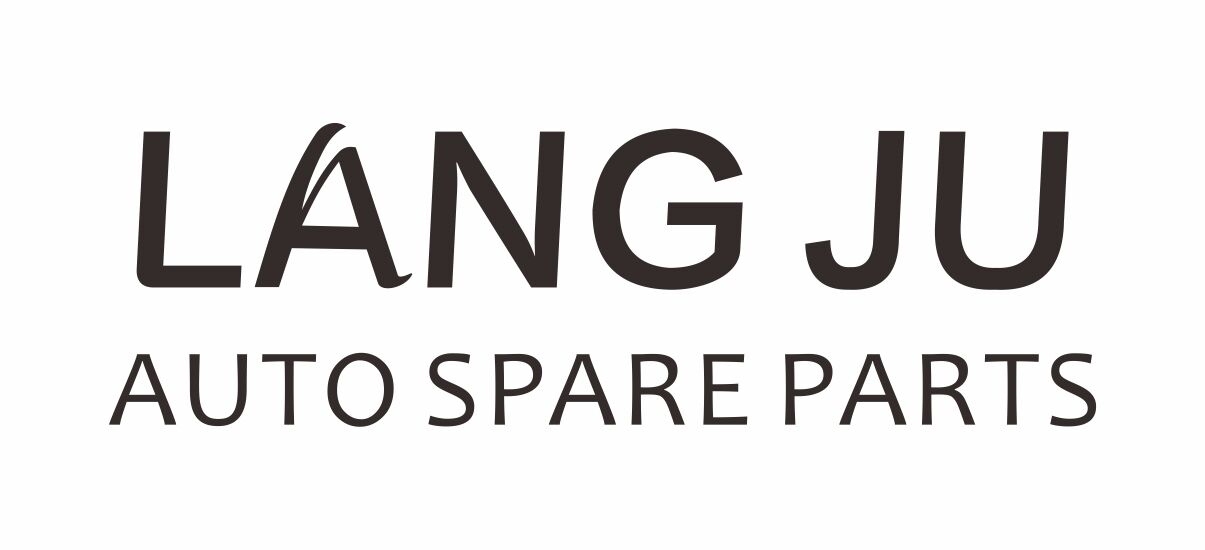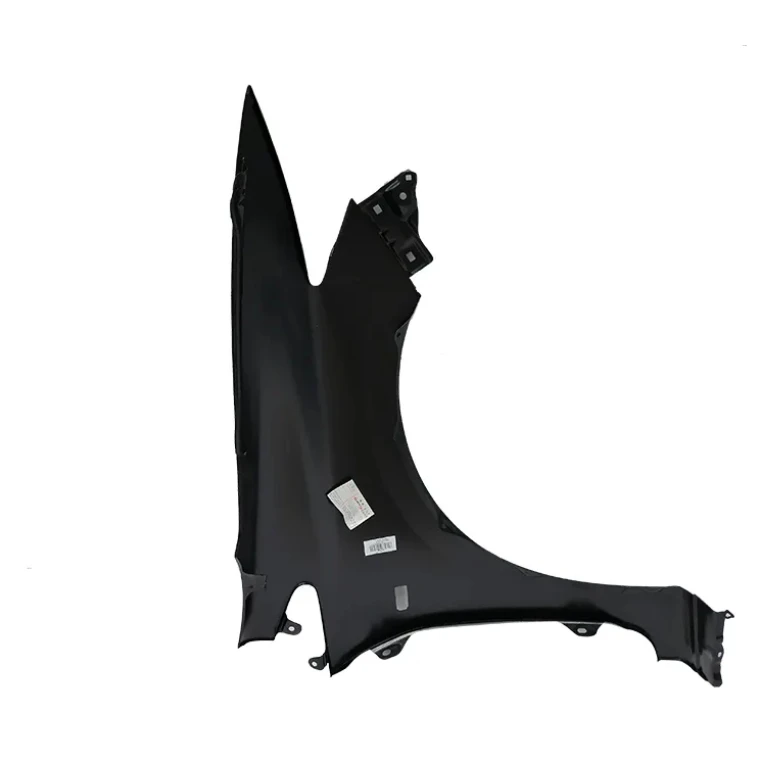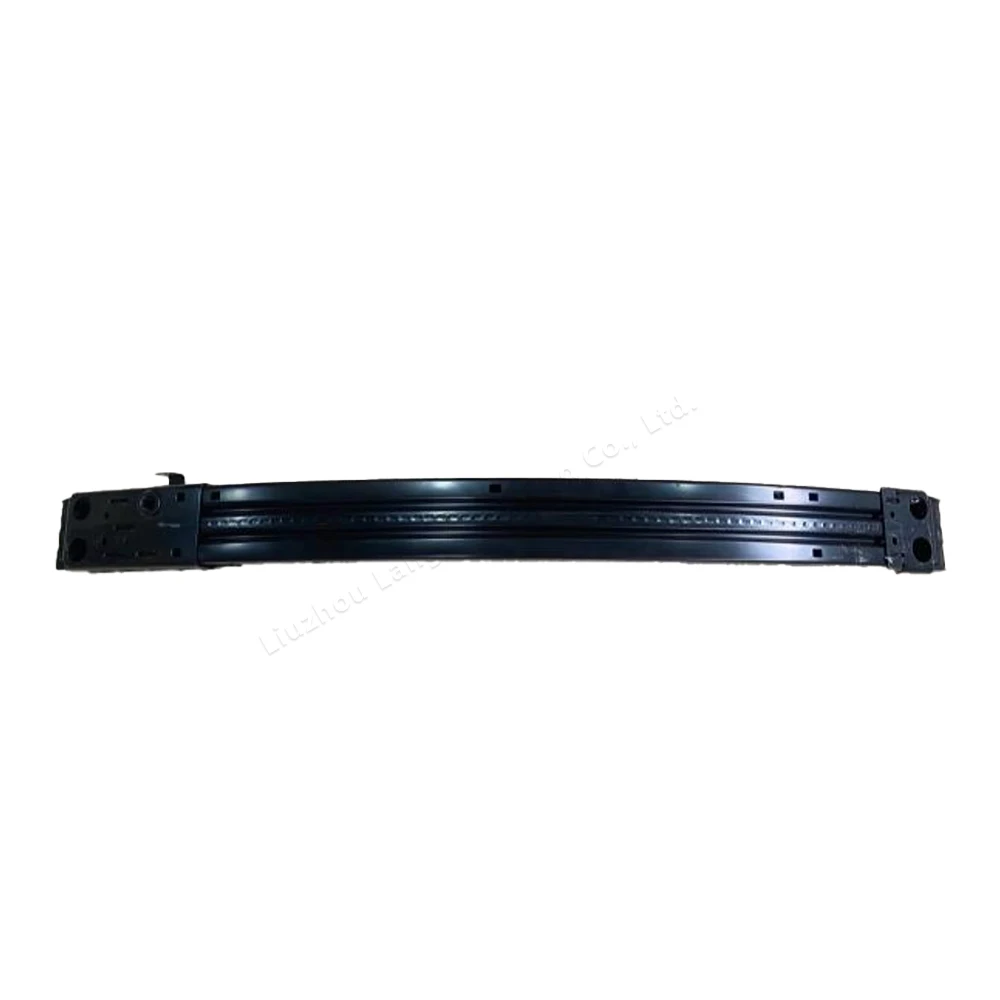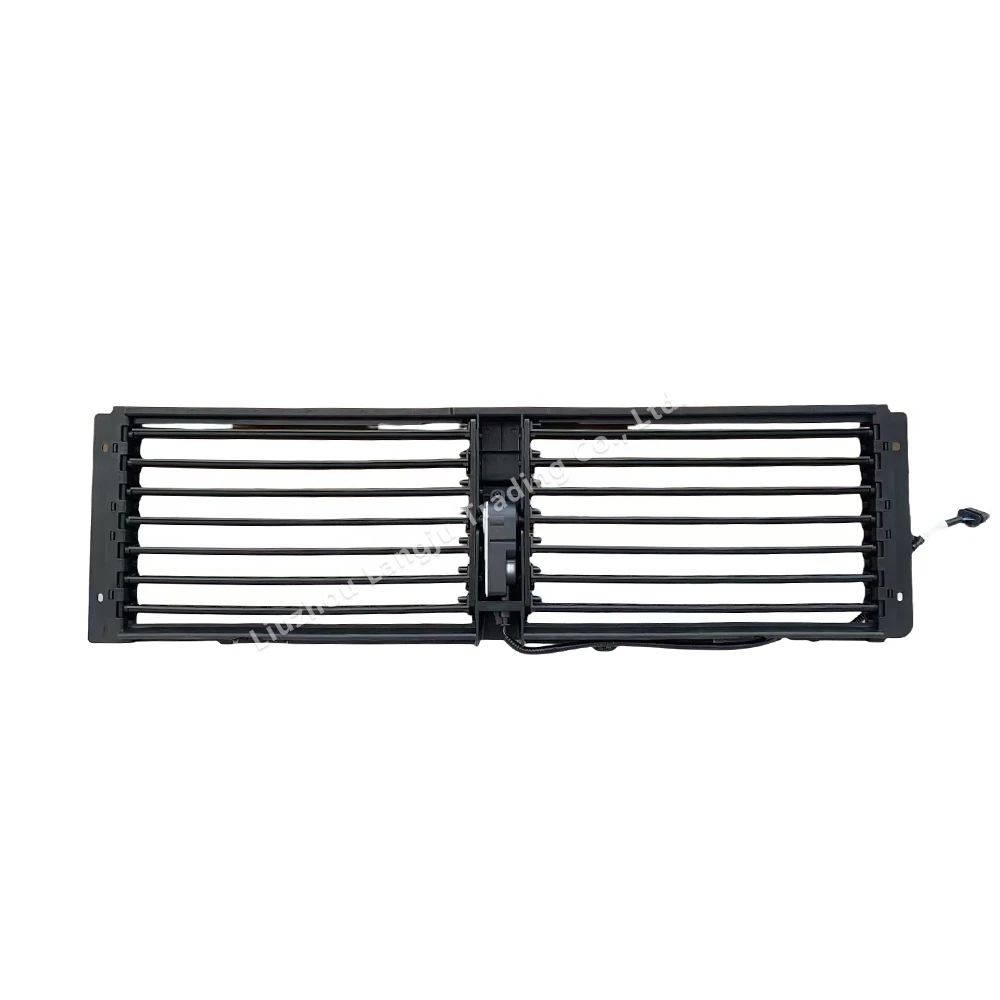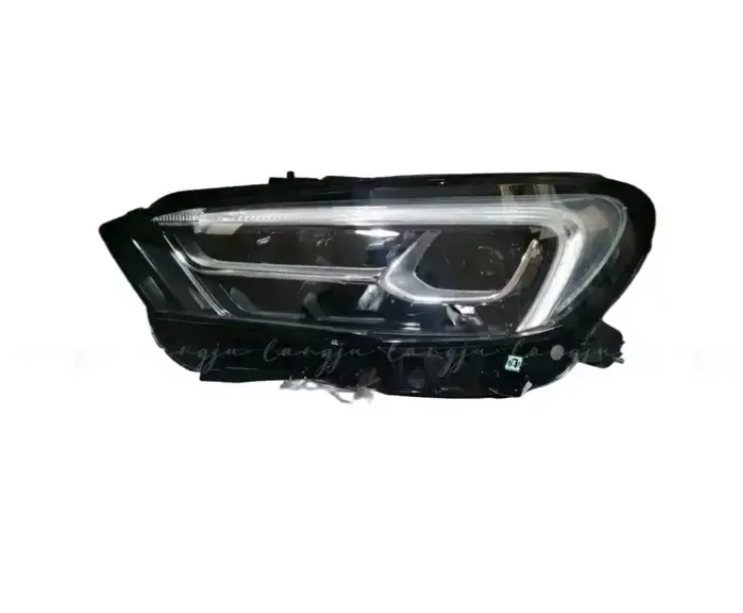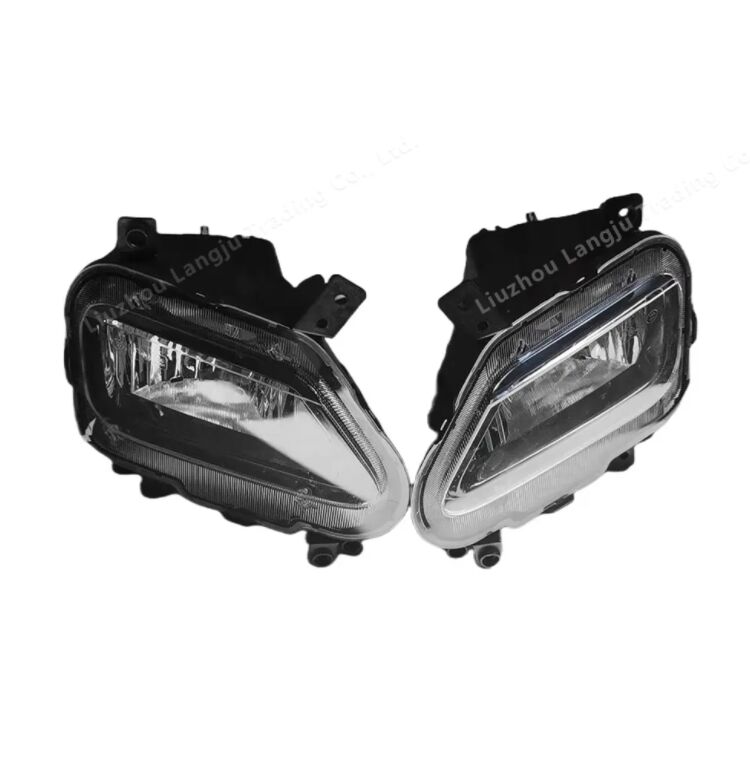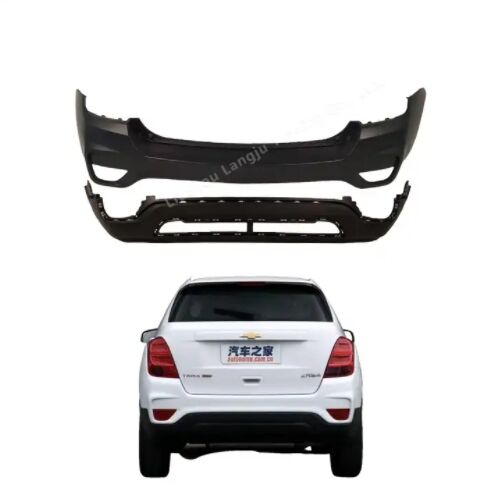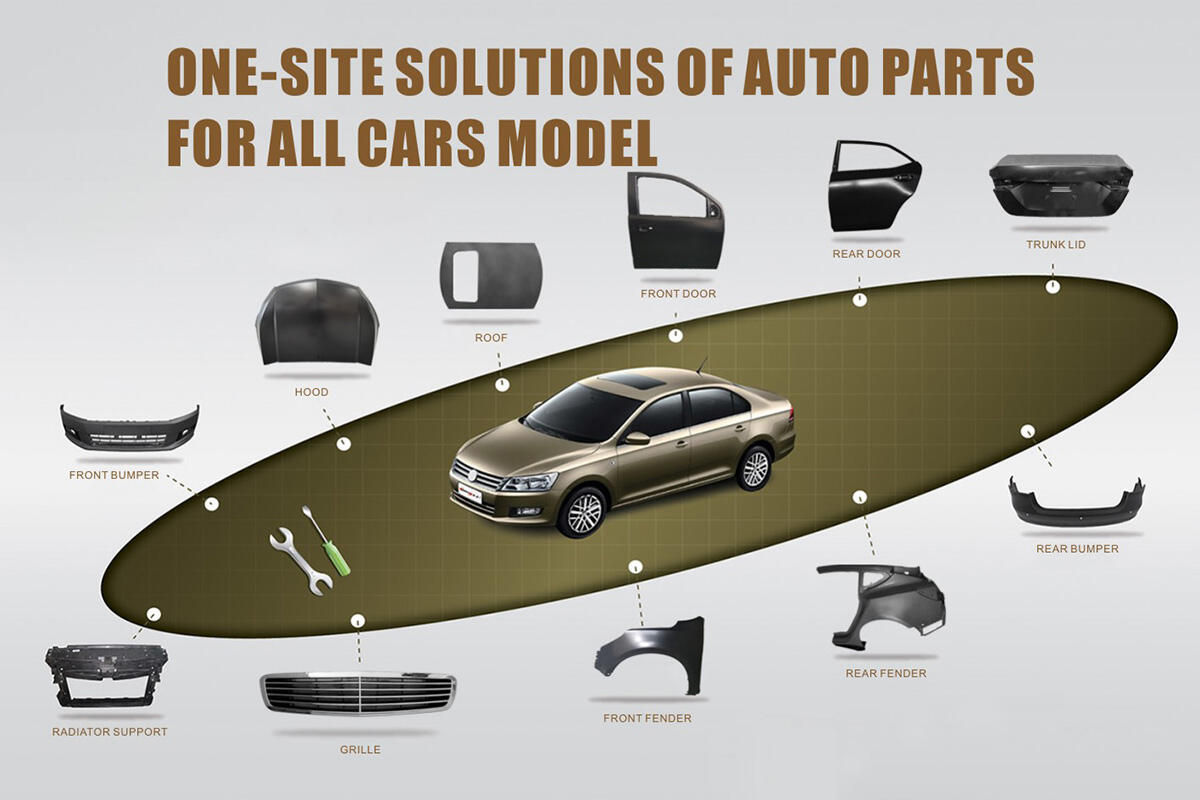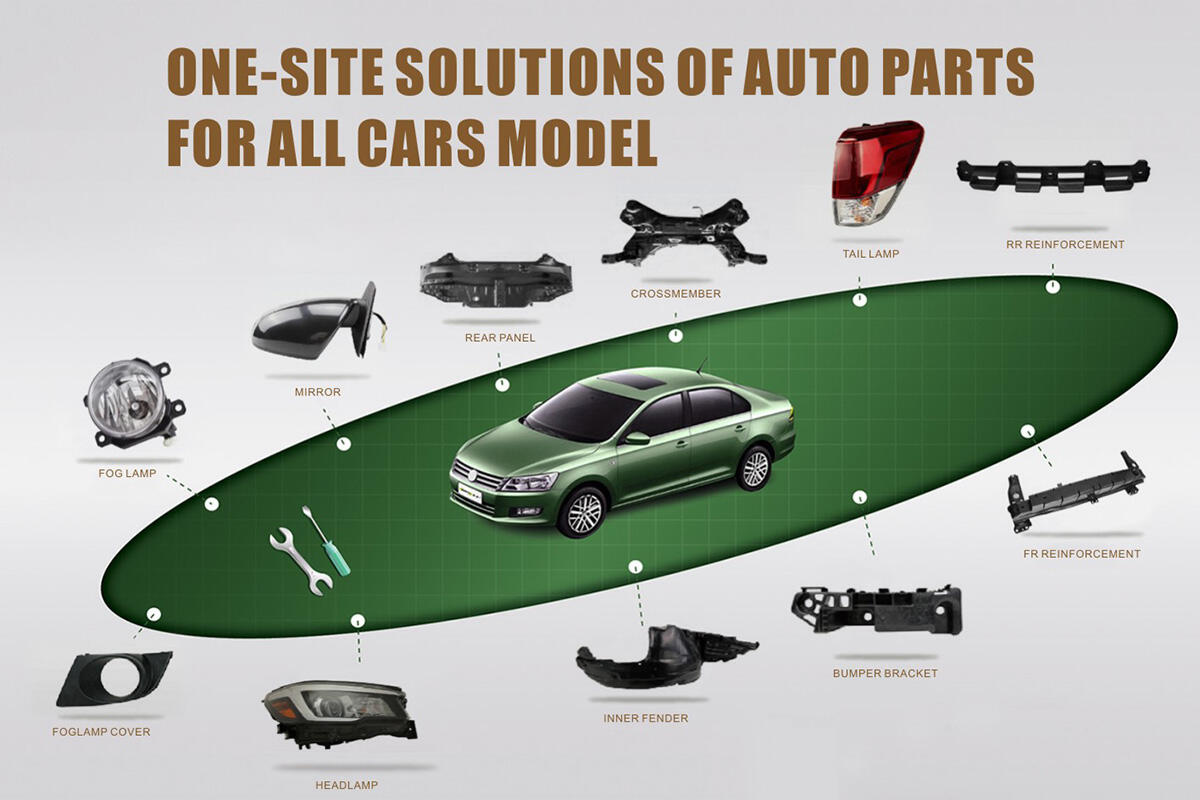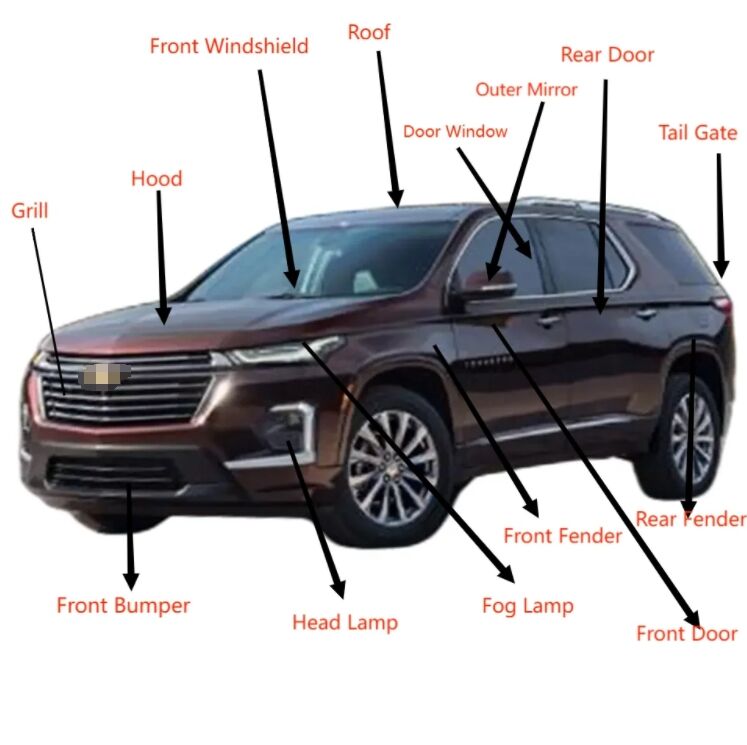car hood
The car hood, also known as the bonnet in some regions, is a crucial component of any vehicle that serves multiple essential functions. This hinged cover provides access to the engine compartment while offering protection from external elements and enhancing aerodynamic performance. Modern car hoods are engineered using advanced materials such as aluminum, carbon fiber, and high-strength steel, combining durability with weight reduction. The hood features sophisticated safety mechanisms, including crumple zones designed to protect pedestrians in the event of a collision and security latches that prevent unwanted opening during operation. Its design incorporates ventilation systems that help maintain optimal engine temperature while reducing air resistance. The hood's surface treatment and coating technologies ensure long-lasting protection against corrosion, UV damage, and daily wear. Additionally, many contemporary car hoods feature smart integration with vehicle safety systems, including sensors that detect if the hood is properly closed and automatic pop-up mechanisms for enhanced pedestrian protection in premium vehicles.
